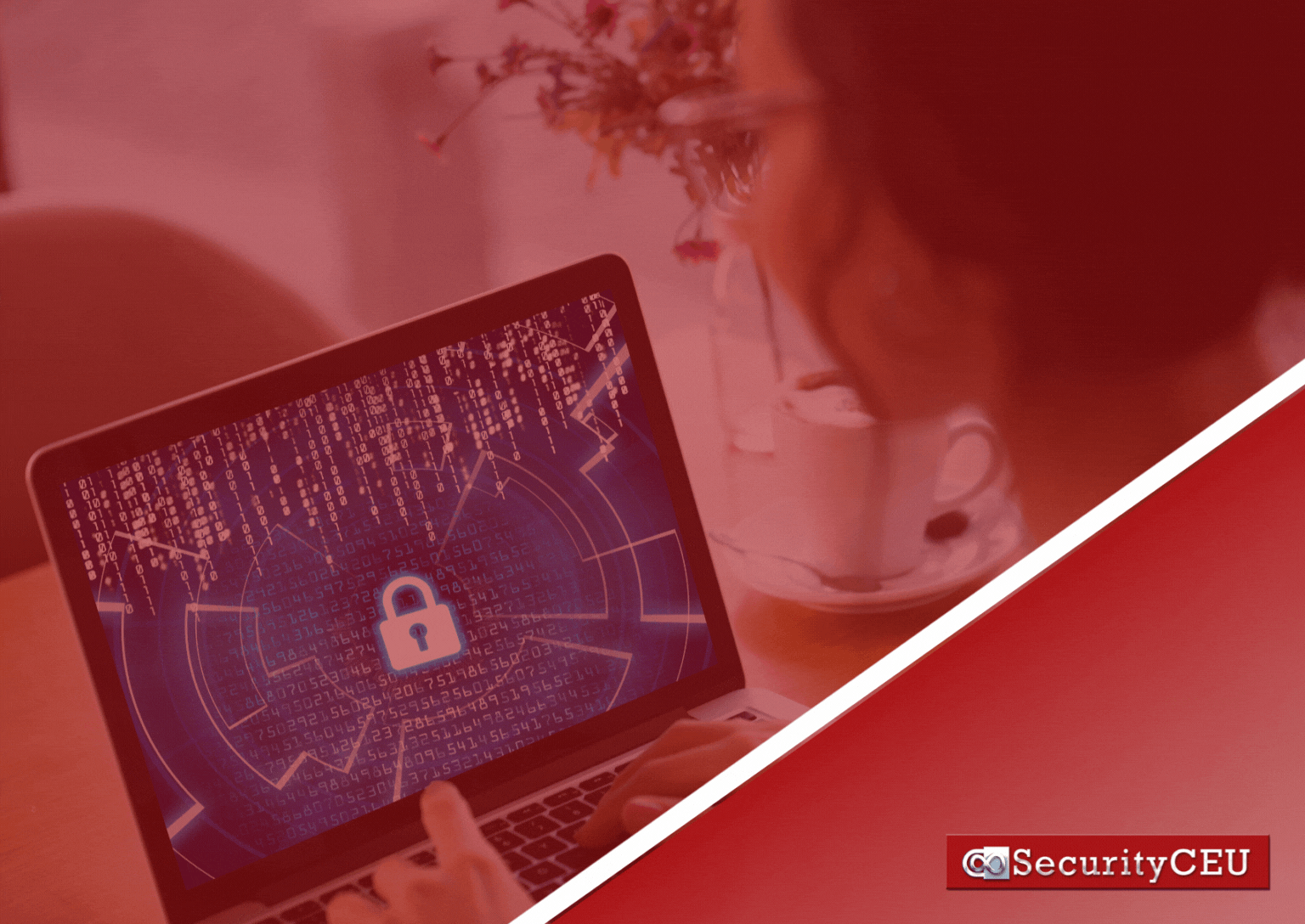Cybersecurity Essentials for Physical Security Professionals

The convergence of physical and cybersecurity is reshaping the security landscape. Physical and electronic security professionals now find themselves at the forefront of a new battleground where digital threats can have tangible consequences. This shift demands a broader skill set and a deeper understanding of cybersecurity principles.
The Evolving Threat Landscape
Traditional physical security measures—locks, alarms, and surveillance cameras—are no longer sufficient on their own. These systems, now often connected to networks, present new vulnerabilities. Cybercriminals can exploit these connections to gain unauthorized access, disrupt operations, or steal sensitive data.
Consider a scenario where a hacker compromises a building's access control system. They could potentially unlock doors, disable alarms, or manipulate surveillance footage. The implications are profound: a breach in the digital realm directly impacts physical security.
This convergence of threats requires a new approach to security. Industry professionals must now consider both the tangible and intangible aspects of protection. They need to understand how cyber threats can manifest in the physical world and vice versa.
Key Cybersecurity Concepts
To navigate this new terrain, physical security professionals must familiarize themselves with fundamental cybersecurity concepts:
- Network Security: Understanding how devices communicate and implementing measures to protect these communications is crucial. This includes knowledge of firewalls, virtual private networks (VPNs), and intrusion detection systems (IDS). Physical security professionals should grasp the basics of network architecture and common vulnerabilities.
- Access Control: Beyond physical access, this now encompasses digital authentication and authorization. Multi-factor authentication and the principle of least privilege are essential concepts. Security professionals must understand how to implement and manage digital access controls alongside physical ones.
- Encryption: Data protection through cryptographic techniques is vital for securing sensitive information, both at rest and in transit. While physical security pros don't need to be encryption experts, they should understand its importance and basic implementation.
- Threat Intelligence: Staying informed about current cyber threats and attack vectors helps in proactive defense planning. This includes understanding common types of cyberattacks and how they might impact physical security systems.
- Incident Response: Knowing how to react to a cyber incident quickly and effectively can mitigate potential damage. This involves creating and practicing response plans that address both physical and cyber aspects of security breaches.
Integration of Cyber Practices into Physical Security
Integrating cybersecurity practices into physical security strategies requires a holistic approach:
- Risk Assessment: Evaluate both physical and digital vulnerabilities. Identify potential attack vectors that span both domains. This might involve scenario planning that considers how a cyber attack could lead to physical security breaches and vice versa.
- Security Policy Development: Create comprehensive policies that address both physical and cyber risks. These should cover everything from employee access protocols to data handling procedures. Policies should be clear, enforceable, and regularly updated to reflect the changing threat landscape.
- Training and Awareness: Educate staff on cybersecurity best practices. This includes recognizing phishing attempts, proper password hygiene, and safe use of connected devices. Regular training sessions and simulations can help reinforce these concepts.
- Vendor Management: Assess the cybersecurity practices of third-party vendors who have access to your systems or facilities. Implement strict protocols for vendor access and ensure they meet your organization's security standards.
- Regular Audits: Conduct periodic assessments of your integrated security measures to identify and address any weaknesses. This should include both physical security audits and cybersecurity penetration testing.
Tools and Techniques for Comprehensive Protection
Several tools and techniques can help physical security professionals incorporate cybersecurity into their practices:
- Security Information and Event Management (SIEM) Systems: These tools collect and analyze data from various sources, providing a comprehensive view of your security posture. They can help correlate events across physical and cyber domains, aiding in threat detection and response.
- Penetration Testing: Regular testing of both physical and digital defenses can reveal vulnerabilities before they're exploited by malicious actors. This should include testing of physical security systems that are connected to networks.
- IoT Security Platforms: As more devices become connected, specialized platforms can help manage and secure these endpoints. This is particularly relevant for physical security systems that are increasingly part of the Internet of Things (IoT).
- AI and Machine Learning: These technologies can analyze patterns and detect anomalies across both physical and digital systems, enhancing threat detection capabilities. They can be particularly useful in video surveillance analysis and access control monitoring.
- Blockchain: This technology can provide tamper-evident logs of security events, enhancing accountability and forensic capabilities. It can be used to secure access logs, surveillance footage, and other critical security data.
The Path Forward
As the lines between physical and cybersecurity continue to blur, professionals must adapt. This adaptation isn't just about learning new technologies and developing a new mindset. Physical security professionals must think beyond tangible assets and consider the digital dimension of every security decision.
Continuous learning is key. Stay informed about emerging threats and technologies. Attend conferences, participate in webinars, and pursue certifications bridging the physical and cybersecurity gap. Organizations like ASIS International and (ISC)² offer certifications that cover both physical and cybersecurity aspects.
Collaboration is equally important. Foster relationships with IT and cybersecurity teams within your organization. These partnerships can lead to more robust, integrated security solutions. Regular joint training exercises and tabletop simulations can help build these relationships and improve overall security readiness.
The convergence of physical and cybersecurity also presents opportunities for career growth. Physical security professionals who develop cybersecurity skills can position themselves as valuable assets in the modern security landscape. They can take on roles such as Security Convergence Specialist or Cyber-Physical Security Manager.
As technology continues to evolve, so too will the challenges facing security professionals. The Internet of Things (IoT), 5G networks, and artificial intelligence will bring new capabilities but also new vulnerabilities. Physical security professionals must stay ahead of these trends to effectively protect their organizations.
The integration of cybersecurity into physical security is not just a trend—it's a necessity. By embracing this shift and expanding their skill sets, physical security professionals can ensure they remain relevant and effective in an increasingly digital world. The future of security lies in this convergence, and those who adapt will be best positioned to meet the challenges ahead.
Ready to expand your expertise? Enroll in our Cybersecurity Fundamentals course. It's tailored specifically for physical security professionals like you.
Visit https://catalog.securityceu.com/introduction-cyber-security.html to learn more and register.





